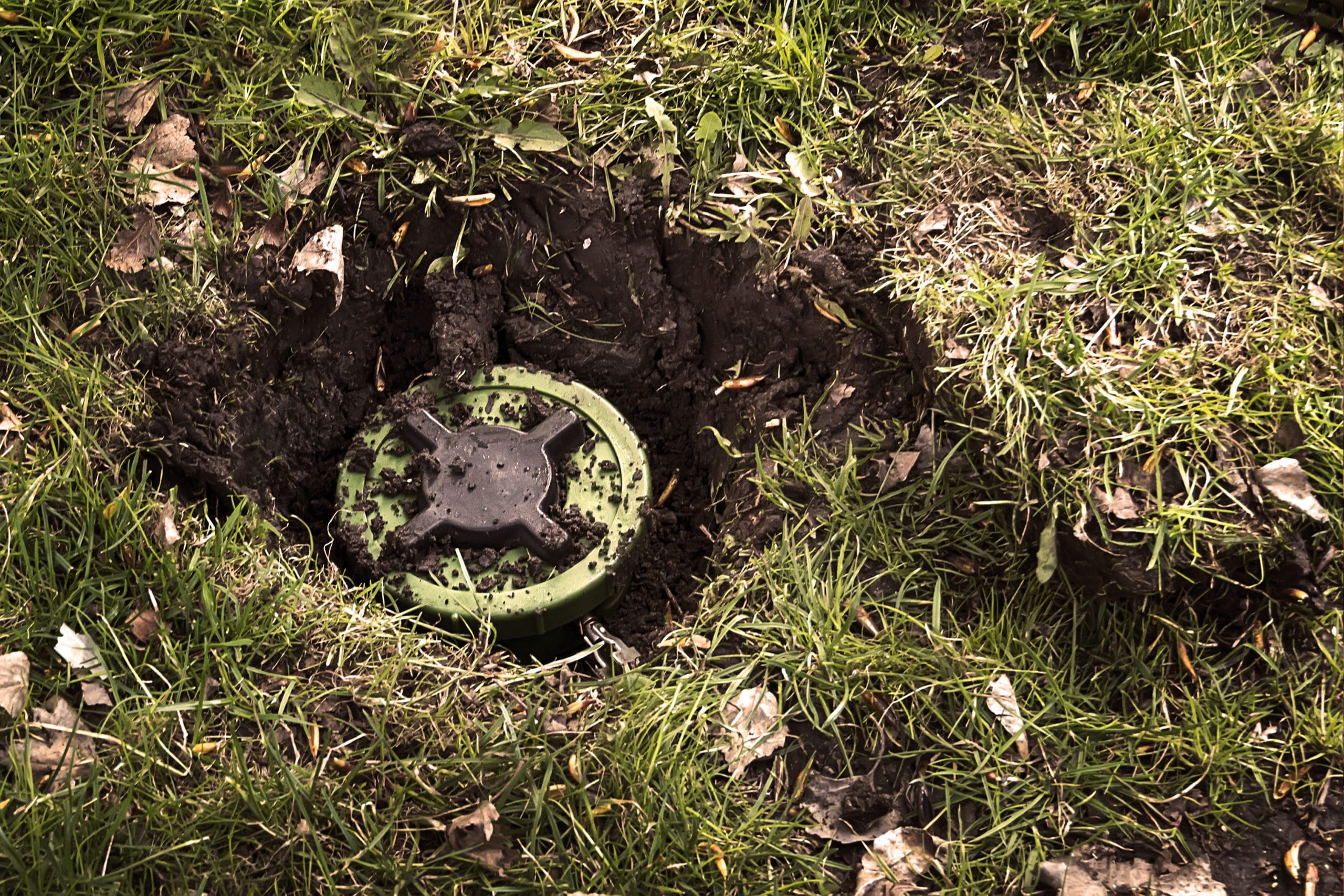The role of geoscience in locating the unexploded bombs that claim lives, endanger workers and threaten construction across the world.
UXO – unexploded ordnance – is a small acronym for a big problem. Exactly how many unexploded bombs and mines are scattered across the globe is almost impossible to tell. This is an issue where, by its nature, we don’t know what we don’t know.
We do know that 78 countries around the world live with a legacy of landmines and they kill between 15,000 and 20,000 people every year, 80% of them civilians. Even on military training grounds, where elaborate precautions are taken to clear firing ranges of unexploded munitions, they have still been known to claim the lives of military personnel.
While the threat to life and limb is plainly the most pressing concern, dormant munitions have other victims too. As materials leak they can contaminate soil and groundwater. Forest fires have been known to worsen as they detonate explosives.
Then there is the challenge of submerged ordnance which comes with its own set of hazards. They threaten shipping; droughts can cause water levels to drop, revealing unexploded bombs and making them more dangerous; and undersea work on cables, windfarms, offshore platforms and more are all made more dangerous by the risk of unidentified ordnance lying just feet below the seabed.
The ever-present threat of the SS Montgomery
One of the most perilous seaborne caches of explosives lies in the hull of the SS Richard Montgomery, which sunk 8km offshore from the British coastal town of Sheerness in 1944. It was carrying 1500 tons (1.36m kg) of munitions, all of which remain onboard only 15metres below the waves.
When the UK’s Protection of Wrecks Act was passed in 1973, the Montgomery’s name was at the top of the list (it holds the dubious honour of being the first such listed ship). In 1967 a much smaller and deeper load aboard the wreck of the Kielce exploded. Nonetheless, it registered 4.5 on the Richter scale. The Montgomery is constantly monitored by the Maritime and Coastguard Agency with an exclusion zone for shipping. The task of removing the munitions is considered just too complex and dangerous to undertake.





